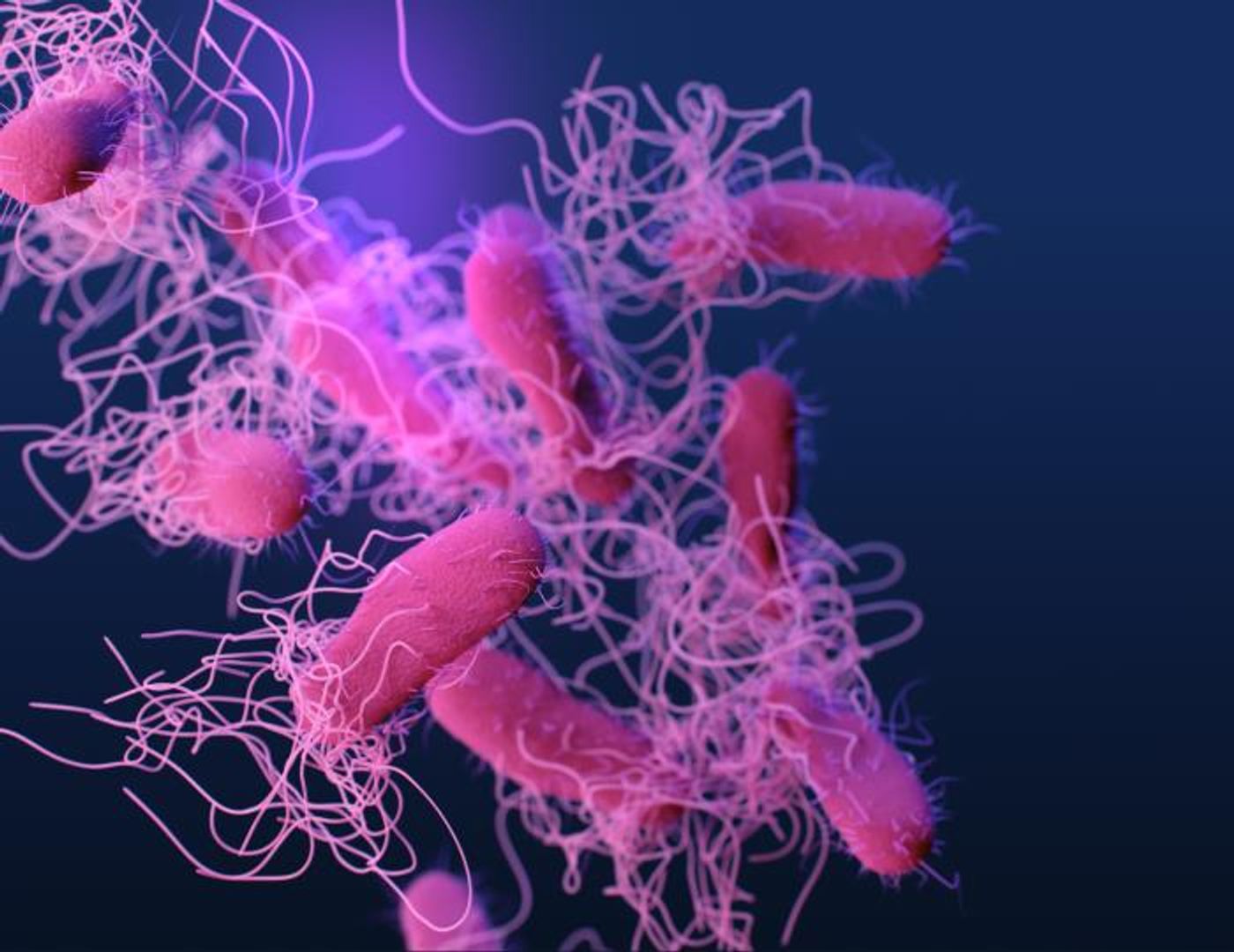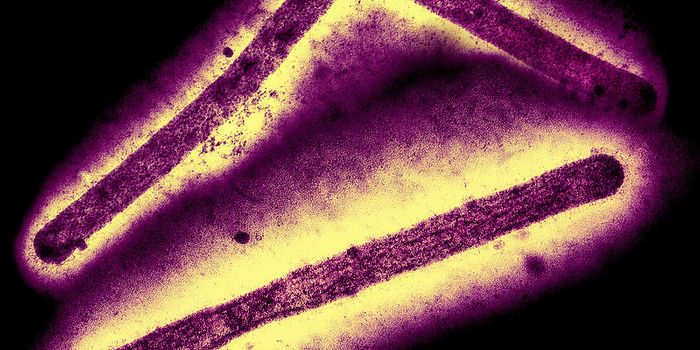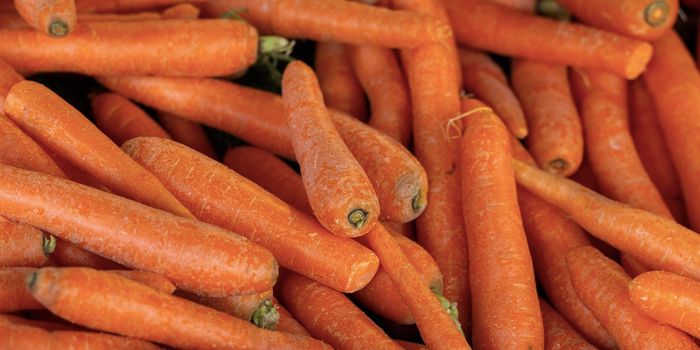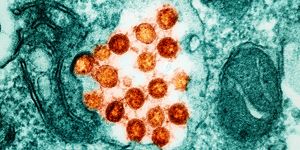Bacteria Cooperate to Spread Antibiotic Resistance on Chicken Farms
Bacterial infections have always posed problems for people, and we have found ways to treat them with antibiotics. But bacteria are constantly changing and evolving, and bacterial cells have ways to easily share genes, including those that encode for antibiotic resistance. Many antibiotics have become less effective over time, and researchers have been searching not only for new ways to treat antibiotic infections, but also for strategies to stop the spread of antibiotic resistant microbes. Many theories have been proposed to explain the spread of resistance genes; the overuse and misuse of antibiotics is thought to be one contributor to the problem.
Factory farms are one place where antibiotics are used to prevent disease, in most cases before there is evidence of bacterial infections in animals. Broad-spectrum antimicrobials are frequently deployed to lower the risk of economic losses.
Researchers have now revealed how different species of bacteria like Escherichia coli and Salmonella enterica can co-exist in chickens and even share genes to protect each other from antibiotics. This work could help scientists and farmers develop better ways to stop infections from spreading on industrial agriculture operations, and reduce antibiotic resistance. The findings have been reported in Nature Communications.
"These species of bacteria can share genetic material both within, and potentially between species, a way in which [antibiotic resistance] is spread. That is why understanding the extent to which these bacteria within the same environment, and importantly, the same host, can co-evolve and share their genome could help the development and more efficient treatments to fight [antibiotic resistant microbes]," said senior study author Dr. Tania Dottorini of the University of Nottingham.
In this study, the investigators obtained 661 samples of E. coli and Salmonella bacteria that had been isolated from individual chickens on ten different Chinese chicken farms over a period of 2.5 years. The genetic material in the samples was screened to reveal the microbes within, and computational tools were used to analyze the results.
This study may be the first to analyze the genomes of two species of bacteria over this lengthy period of time, in the same animals, and in real-world settings spread over a large area.The data showed that E. coli and Salmonella living together in chicken guts carry significantly more genetic material linked to antibiotic resistance than the bacterial species do when grown in isolation. In the chicken gut, these microbes also use similar strategies for resisting antibiotics, similar metabolic pathways, and are likely co-evolving.
"The insurgence and spread of [antibiotic resistance] in livestock farming is a complex phenomenon arising from an entangled network of interactions happening at multiple spatial and temporal scales and involving interchanges between bacteria, animals and humans over a multitude of connected microbial environments," explained Dottorini.
Now, it will be important to use technologies to create better methods to study antibiotic resistance in mixed communities of bacteria, noted the researchers. This would be especially important in areas where antibiotic resistance is a problem. It is no longer enough to study drug resistance in isolated communities of bacteria, because we may be underestimating the potential public health threat, Dottorini added.









